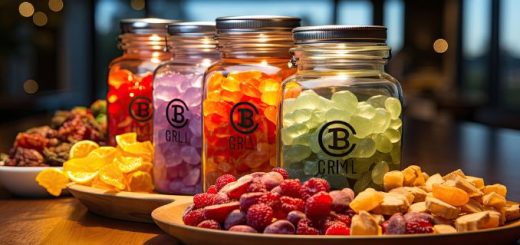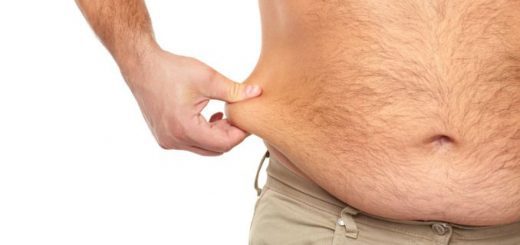Color Therapy For Weight Loss: Can Colors Really Help Shed Pounds?
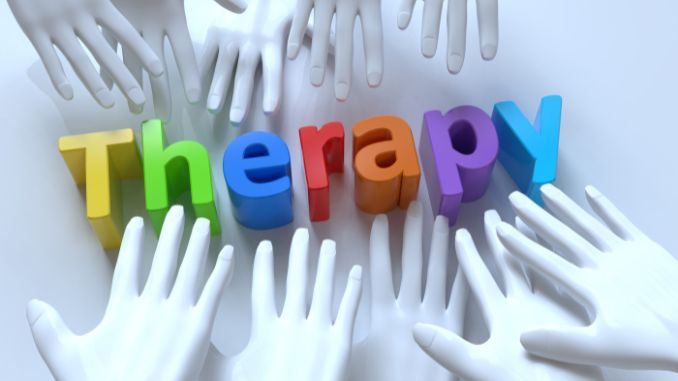
Last updated on April 4th, 2025 at 06:39 pm
Why does color attract us? When we talk about color therapy, we don’t mean makeup or hair treatment. Instead, color therapy for weight loss uses color as a potential treatment for health or emotional problems.
Is there any truth to this practice?
For example, can color therapy help you lose weight?
You might be surprised at the answer.
Everyone Loves Colors
One of the most common questions you ask someone when you first meet is, “What’s your favorite color?”
People choose cars and clothing by their color all the time.
Who hasn’t pored over dozens of options when picking just the right shade to paint a room?
Color makes an impact.
Nobody has to tell you that if you walk into a room painted all white it’s much different than if it’s painted pitch black.
Color therapy for weight loss also uses the impact of colors to influence your well-being and help you achieve your health goals.
For centuries, artists have taken advantage of the power of color to tell a story.
Marketing experts know that color makes a big difference in how customers react.
For example, on websites, a red “BUY NOW” button usually works better than a green one.
Color Therapy History
Multiple sources point out that in Egypt, Greece, China, India, and other countries colors have been used in various ways to promote healing.
For example, a treatment room might be painted a certain color or have colored windows.
One of the most detailed analyses of color therapy (also called chromotherapy) comes from Pakistani scientist Samina T. Yousuf Azeemi.
His paper on the topic, “A Critical Analysis of Chromotherapy and Its Scientific Evolution,” is a fascinating read.
According to Azeemi, color therapy has been used to treat inflammation, muscle pain, nosebleeds, infertility (in animals), injuries, burns, sciatica, meningitis, nervous instability, headache, irritability, sunstroke, color therapy for weight loss, and more.
One of the problems with color therapy is that quality medical studies don’t exist to back up the claims.
Also, the practice is hard to define. Is it sitting in a colored room? Being immersed in colored liquid? Staring at a colored crystal?
All of these practices and more have been used at different times.
Yousuf admits that well-controlled studies don’t exist to prove most of the beneficial claims of color therapy.
Plus, many pseudo-religions try to sell color therapy as some kind of miracle cure-all without scientific evidence.
Still, is there something out there that might help you to lose weight
Blue Light Therapy
One type of therapy that does appear to depend on color is blue light therapy [1].
Blue light therapy has been used to treat skin conditions like acne and some skin cancers.
Blue light can even be used to prevent skin cancer.
For those looking for help with weight loss, blue light has also been used in the treatment of mental health problems.
Being overweight is not all psychological.
However, anybody who has tried to lose weight knows that the mental component is very important.
One particular disorder gives us even more insight into the possible color and weight-loss connection, including color therapy for weight loss.
SAD And Light Therapy
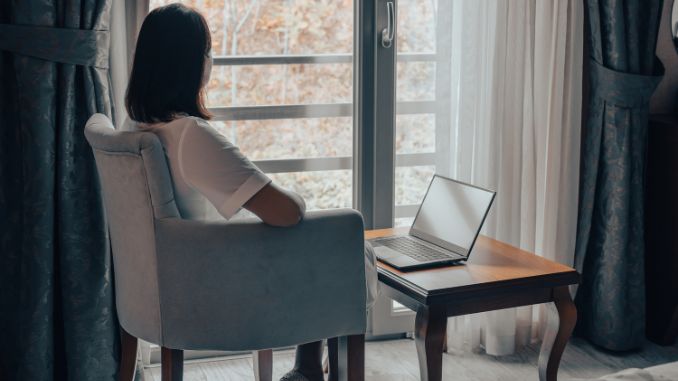
Seasonal affective disorder (SAD) is a form of depression that some call the “winter blues.”
Symptoms typically appear in the mid-to late fall and continue during wintertime. Symptoms of SAD include:
- Depressed mood
- Lack of interest in activities
- Tiredness and fatigue
- Sleep difficulty
- Experiencing changes in your appetite or weight
- Irritability
- Trouble concentrating
- Feelings of guilt or low self-worth
- Thoughts of death and suicide
Many times, those who suffer from SAD have weight gain and a craving for foods high in carbohydrates.
Scientists believe that the cause of SAD may have to do with serotonin and melatonin levels.
The low levels of sunlight during the winter lead to a decreased level of serotonin.
Normally, this brain chemical lifts the mood and may also suppress appetite.
Light Therapy
One of the most effective treatments for SAD is light therapy.
Special light boxes are used to expose you to extra light during the winter season. This helps boost serotonin levels.
Originally, an intense white light was the standard type of box you could buy.
Now, research is showing that blue light might actually be more effective for treating SAD since blue wavelengths have a more powerful effect on the retina.
If part of your weight problem is associated with SAD symptoms, it might be worth consulting with your doctor about light therapy, specifically blue light therapy.
Even if you don’t have SAD, could your weight problem have something to do with a lack of light?
For example, you might not have symptoms of depression, but you might have carb cravings.
Other types of light therapy have never been shown to work.
For example, infrared light exposure (called “red light” therapy) is claimed to help people lose weight.
The light was applied by lasers or a tanning bed-like device.
The theory was that the light directly got rid of stubborn fat.
This technique has never been proven.
However, the blue light therapy used to treat SAD may someday find a place in weight-loss treatment.
In fact, some medical researchers are already looking into this kind of treatment for obesity.
Paint Your Kitchen
If you want to avoid hunger-stimulating colors, don’t paint your kitchen to look like a fast food restaurant.
There’s a reason burger joints use reds, yellows and oranges in their color schemes all the time.
These colors are stimulating and may even stimulate appetite.
Pros And Cons Of Color Therapy For Weight Loss
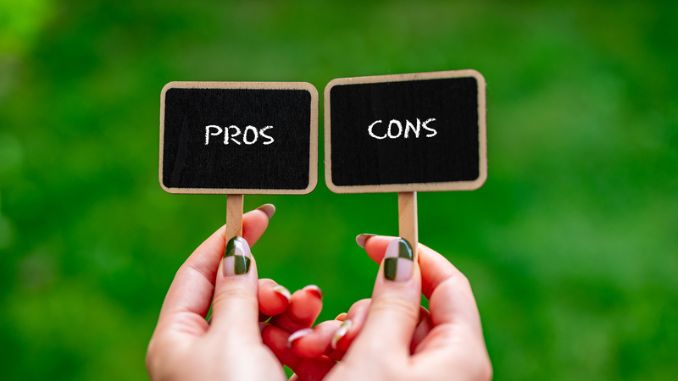
Pros Of Color Therapy
1. Non-Invasive And Safe
Color therapy is a non-invasive approach to improving well-being, which means it doesn’t involve any physical procedures, medications, or surgeries.
This makes it an appealing option for individuals looking to avoid potential risks or side effects associated with other treatments.
Unlike pharmaceutical interventions or invasive therapies, color therapy simply utilizes visual stimuli—colors in the environment or light exposure—to influence mood, focus, and emotional regulation.
Its gentle nature ensures that people of all ages can explore its benefits without fear of physical harm or discomfort, adding to its appeal as a safe, alternative wellness practice.
2. Accessible And Affordable
One of the major advantages of color therapy is its accessibility.
Implementing this practice often involves inexpensive tools or simple lifestyle adjustments, such as using colored lights, rearranging décor, or repainting a room.
These resources are widely available and affordable, making color therapy more attainable than many traditional therapies, which often require specialized equipment or professional supervision.
For example, purchasing a light box to address Seasonal Affective Disorder (SAD) can fit within most budgets, and even small changes like incorporating specific hues into your living space can offer noticeable benefits without significant cost.
This ease of implementation makes color therapy a practical choice for a wide range of people.
3. Improves Mood And Mental Health

The psychological effects of color are well-documented, with specific hues known to evoke particular emotional responses.
Calming colors like blue and green can help reduce stress and anxiety, while energizing colors like yellow and orange have been shown to uplift mood and promote positivity.
These emotional shifts can play a significant role in managing stress-related behaviors, such as emotional eating, which often hinder weight-loss efforts.
By fostering a more balanced mental state, color therapy contributes to better overall mental health, providing a foundation for sustained well-being and healthier lifestyle choices.
4. Enhances Focus And Productivity
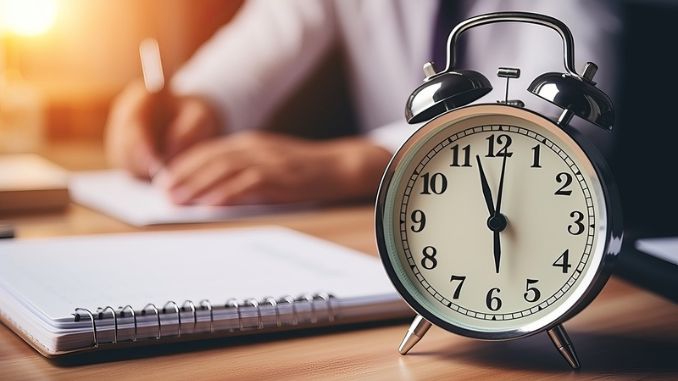
Colors can significantly influence mental states, improving focus, creativity, and overall productivity.
For instance, yellow is often associated with stimulating intellectual activity and focus, making it an excellent choice for environments where concentration is essential, such as workspaces or study areas.
Meanwhile, colors like purple are linked to creativity and problem-solving, helping individuals find innovative solutions to challenges like meal planning or fitness routines.
By enhancing these cognitive functions, color therapy can indirectly support personal health goals, boosting motivation and the discipline needed for tasks related to weight management or wellness planning.
5. Affordable Price Range
Another pro of color therapy is its affordability, which sets it apart from other therapeutic approaches that often require ongoing costs or specialized interventions.
For example, a light box designed to treat SAD might cost between $20 and $100—a one-time investment that provides lasting benefits.
Other affordable options include colored light bulbs, DIY décor changes, or even engaging in artistic practices like coloring, which can be done for as little as $10 to $50.
This budget-friendly aspect ensures that individuals from diverse economic backgrounds can explore the potential of color therapy without financial strain.
Its affordability, combined with its versatility, makes it a highly accessible and inclusive wellness practice.
Cons Of Color Therapy
1. Potential For Overreliance
One significant drawback of color therapy is the risk of overreliance.
When individuals view it as a “magic solution,” they may neglect or avoid adopting well-established strategies, such as maintaining a balanced diet, exercising regularly, or seeking professional guidance.
This misplaced dependence can result in stagnation or failure to achieve desired outcomes, especially when weight loss or mental health improvement requires a multifaceted approach.
Overemphasizing the role of color therapy can hinder progress by creating a false sense of security or accomplishment.
2. Misleading Claims
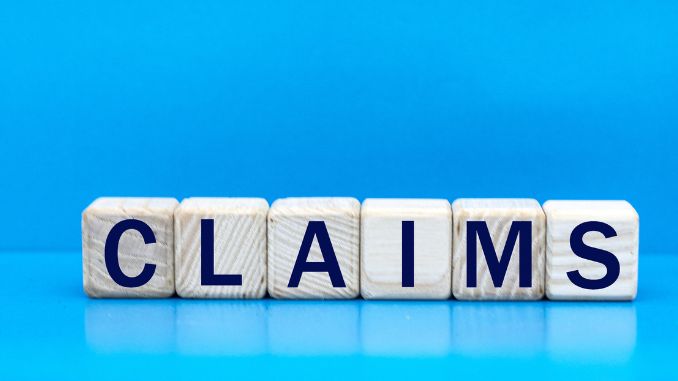
The lack of rigorous scientific evidence backing many claims in color therapy opens the door for misleading practices.
Some practitioners or products promote exaggerated benefits or use pseudo-scientific language to market ineffective treatments.
For example, expensive gadgets or mystical services often promise unverified outcomes, leading to unrealistic expectations.
This not only wastes money but can also cause emotional distress when results fall short of promises, eroding trust in alternative therapies that may have genuine benefits when used appropriately.
3. Highly Subjective Experience
The effects of colors are highly individual, depending on personal preferences, cultural influences, and emotional associations.
What is calming or uplifting for one person might be neutral or even distressing for another.
This variability makes color therapy unpredictable and limits its universal applicability.
As a result, some individuals may not experience the intended benefits, making it less reliable compared to evidence-based approaches that are designed to work across diverse populations.
4. Cannot Replace Medical Or Psychological Treatment
While color therapy can complement other treatments, it should never be seen as a replacement for medical, psychological, or nutritional interventions.
Conditions like depression, obesity, or chronic stress often require comprehensive care involving professional expertise and proven methodologies.
Over-relying on color therapy as a standalone solution could delay critical interventions, potentially exacerbating health issues or prolonging recovery.
What Should You Do?
Weight loss and mental health challenges are usually driven by complex, underlying factors such as hormonal imbalances, trauma, genetic predispositions, or unhealthy lifestyle patterns.
Color therapy focuses on environmental or emotional cues, which may provide temporary relief or support but fail to address the root causes.
Without tackling these foundational issues, progress may be superficial or short-lived, and the individual’s overall well-being could remain compromised.
Art Therapy Might Be An Answer
Beyond blue light therapy, colors by themselves might not help you lose weight.
However, the practice of art therapy [2] may be helpful.
While technically not colour therapy, art therapy uses various forms of art to help relieve mental stress.
According to the American Art Therapy Association: “Art therapy, facilitated by a professional art therapist, effectively supports personal and relational treatment goals as well as community concerns.
Art therapy is used to improve cognitive and sensorimotor functions, foster self-esteem and self-awareness, cultivate emotional resilience, promote insight, enhance social skills, reduce and resolve conflicts and distress and advance societal and ecological change.”
Additionally, color therapy for weight loss can be integrated into these practices to support overall health and well-being.
How Art Therapy Might Help With Weight Loss
Current psychological research shows art therapy may be beneficial in these areas:
- Perception and self-perception: It may help you focus on the present moment, identify emotional responses and understand the relationship between emotion and body awareness
- Personal integration: Leads to improved self-image and a deeper understanding of conflicting emotions
- Emotion and impulse regulation: Helps you control impulses and process emotions
- Behavior change: Art therapy might allow you to change behaviors directed at yourself and others
- Insight and comprehension: May help you to be able to express emotions and nonverbal experiences into more concrete concepts and words
It’s not hard to see how the benefits of art therapy might be helpful if you are struggling to lose weight.
What Should You Do?
The term “color therapy” has taken on many different meanings lately.
There’s even a trend of adult coloring books that claim to treat all kinds of problems.
While most of these practices are harmless, many are not backed up by scientific research.
Also, those that incorporate mystical or pseudo-religious teachings might not be your best option.
In some cases, they might cause more emotional distress in the long run.
For weight problems, if you also have any symptoms related to SAD, it’s definitely worth considering blue-light box therapy.
Art therapy can also be helpful, but make sure you contact a professional art therapist.
There’s a lot of confusion out there about treatments under the name of color therapy. You don’t want to waste your money.
Final Thoughts
If you want to get rid of body fat fast, the old advice of “eat less, exercise more” might not be enough. When you consider other options, you just might find the combination that works for you.
For example, through art therapy, you could learn to control eating urges and have a healthy diet.
No surgeries and no pills involved.
Sounds like it might be worth a try, doesn’t it?
For your guide to the best foods to heal your body, check out The Best Foods that Rapidly Slim & Heal in 7 Days, here!

FAQ
Rick Kaselj MS, is a leading kinesiologist and injury specialist as well as co-creator of the best-selling Unlock Your Hip Flexors program. Rick creates exercise programs that help people heal injuries and eliminate pain, so they can go back to living a full, active, healthy life.


